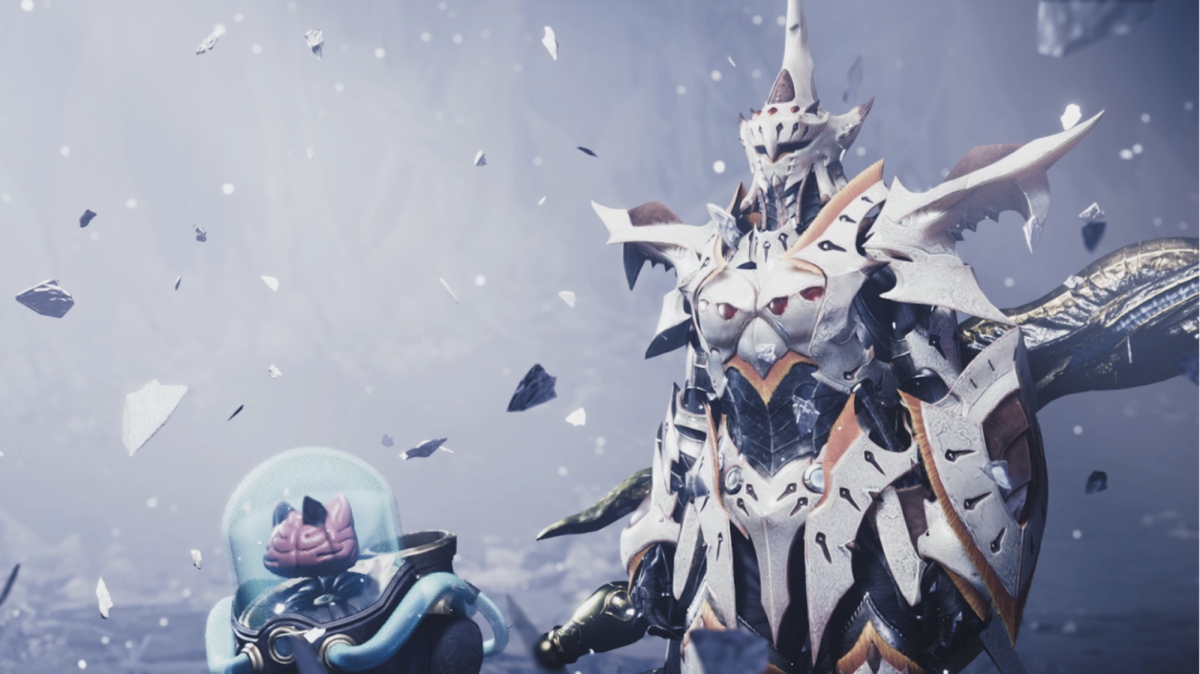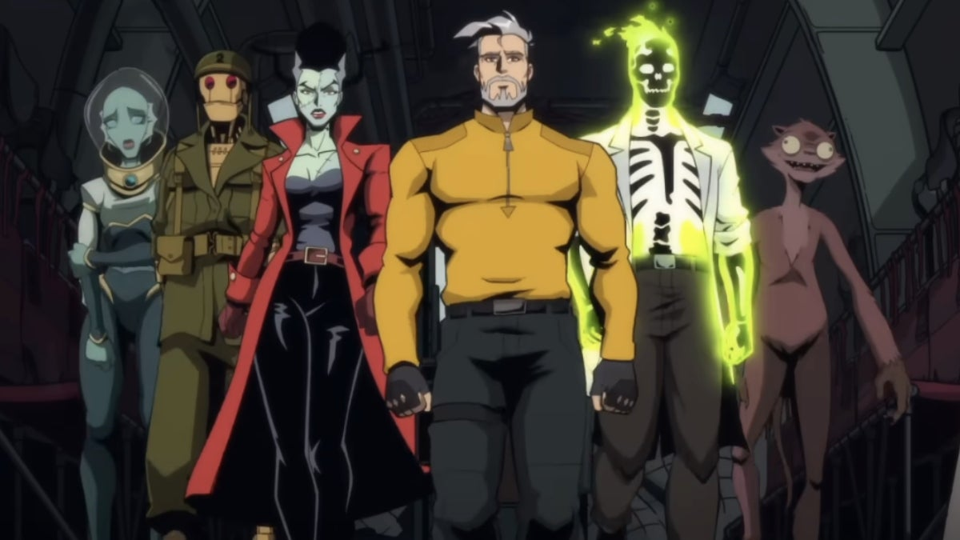To say that I am a fan of the “Monster Hunter” series would be a massive understatement. Nine years ago, I discovered “Monster Hunter 4 Ultimate” for the Nintendo 3DS and instantly fell in love with the franchise.
The overall concept is simple, you play as a new hunter in the town of Val Habar, meeting a man known as the Caravaneer and eventually joining his caravan to go across the world hunting monsters of all sizes. This concept fascinated 11-year-old me, and from there I sunk hundreds of hours into not only this game but every other game the series has to offer. Since 2004 there have been five mainline games in the series, as well as a secondary portable franchise focused on hunting on the go.
This leads us to the recent release of “Monster Hunter Wilds,” the newest mainline entry in the Monster Hunter series and the first game with a complete multi-platform launch. Upon release, the game peaked at a concurrent 1,384,608 players on PC alone, absolutely shattering “Monster Hunter World’s” all-time peak concurrent player count of 329,333 players.
It did not only dominate its previous game records but also many on the PC gaming platform Steam, as it broke into the top 10 with a fifth-place win for games with the most concurrent players at any time. On top of this success, it placed 8th for having more than 1,000,000 players online at one time in Steam’s history. This is surprising not only because of how monumental the game’s launch was but also because the optimization for PC players is fairly poor. The widespread acclaim holds merit to just how much fans adore this series.
The overall core of the game has not shifted from previous entries, as you still find yourself as a new hunter exploring a foreign land swarming with monsters to hunt. One of the new introductions to the world of the game is a fully dynamic weather system, with each of the major locales having two distinct weather patterns that will cycle as players explore the environments. These environments are filled to the brim with the smallest of intricacies, each helping to bring the world to life. This is one of the coolest things about the series, as the environments in the world feel real and organic, each with their own unique ecosystem.
As for the combat, all 14 weapon types have received new moves and overall updates from their previous iterations. I cleared the story mode with switch axe and hammer, the former is a newer weapon choice to me but the latter has been a mainstay since I first played the series back in 2015. Each of the 14 weapons has a unique play style, ranging from bows to giant swords to even a lance-gun hybrid weapon.
This is in part due to the armor sets, each monster having two different sets, one that focuses on built-in skills, the other giving more freedom with external skills. Both the armor and weapons harken back to the days of early “Monster Hunter,” flashy suits of armor and massive intricate weapons.
Players use the parts of the monster that they acquire on hunts to create these armor and weapons. As you progress through the story, the monsters you face will not only grow in strength, but also in size. The roster of available monsters to fight sits at just around 29, and with only 17 hours in the game at this point I have yet to see what all the game holds for me. This is not including any future content updates, each of which holds a myriad of new quests, monsters and weapons for the player to experience.
Taking everything into account, “Monster Hunter Wilds” may have had a spotty release on the PC, but with the inevitable content updates bringing performance updates, this game will not only easily go down as one of the strongest releases in 2025.













